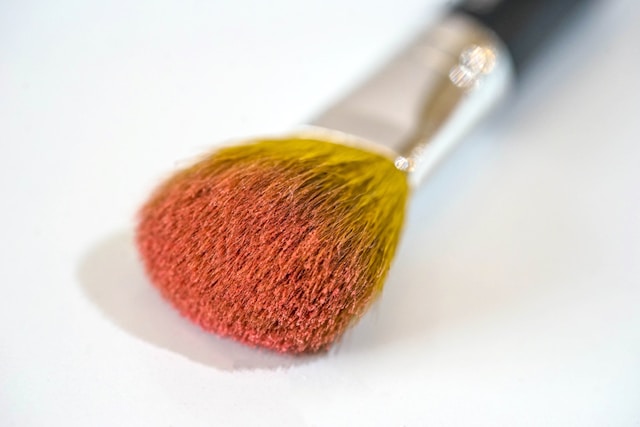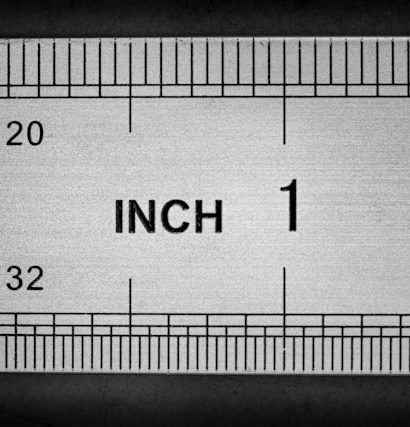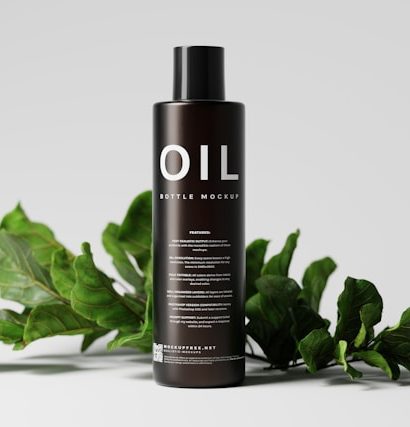In the world of modern skincare, the silicone brush has become a popular tool for cleansing, exfoliating, and boosting circulation. Unlike traditional bristle brushes, silicone brushes are gentle, hygienic, and long-lasting. They’re often used to enhance face washing routines or even to apply makeup smoothly. However, while silicone brushes are designed to make skincare easier, many people unknowingly use them incorrectly, which can lead to irritation, breakouts, or reduced effectiveness.
If you’ve invested in a silicone brush—or are considering one—this guide will help you maximize its benefits. Below are 9 common mistakes to avoid when using a silicone brush, along with tips to ensure you get the most out of this versatile skincare tool.
1. Using the Silicone Brush Too Aggressively
One of the biggest mistakes people make is scrubbing their face too hard with a silicone brush. Because the bristles are soft and flexible, some users assume they need to press firmly for the brush to work. In reality, applying too much pressure can damage your skin’s protective barrier, causing redness, irritation, or micro-tears. Instead, use light, circular motions and let the brush’s texture and vibration (if it’s an electronic model) do the work. Remember: gentleness is key for long-term skin health.
2. Skipping Makeup Removal Before Using the Brush
Another common error is using a silicone brush directly on skin covered with heavy makeup. While silicone brushes are excellent at deep cleansing, they aren’t designed to break down layers of foundation, sunscreen, and mascara. If you skip makeup removal, the brush can end up pushing product deeper into your pores rather than cleansing them. Always start with a makeup remover, micellar water, or cleansing balm before reaching for your silicone brush to ensure you’re working on clean skin.
3. Not Cleaning the Silicone Brush Regularly
Silicone is less porous than traditional brush bristles, which makes it more hygienic—but that doesn’t mean it’s self-cleaning. Many users forget to wash their silicone brush after each use, leading to a buildup of dirt, oil, and bacteria. Over time, this can cause clogged pores and breakouts. The solution is simple: rinse your silicone brush thoroughly after every use with warm water and mild soap. For electronic brushes, follow the manufacturer’s cleaning guidelines. Keeping your brush clean ensures that it remains both safe and effective.
4. Using the Brush Too Often
While silicone brushes are gentle, using them too frequently can still irritate the skin. Daily or twice-daily use may be suitable for some skin types, but for sensitive or acne-prone skin, overuse can lead to dryness, redness, or increased breakouts. A good rule of thumb is to start with two to three times a week and adjust based on how your skin responds. Pay attention to signs of irritation and give your skin recovery time if needed.
5. Pairing the Silicone Brush with Harsh Cleansers
Your silicone brush is only as effective as the cleanser you pair it with. Using it with a harsh, foaming cleanser that strips your skin of natural oils can leave you with dryness and sensitivity. Some people make the mistake of combining exfoliating cleansers (like those with beads or acids) with the silicone brush, which doubles the exfoliation and may damage the skin barrier. Instead, opt for a gentle, hydrating cleanser. The silicone bristles will enhance cleansing without the need for abrasive formulas.
6. Ignoring Different Brush Textures and Settings
Not all silicone brushes are created equal. Some have thicker bristles for deep cleansing, while others have finer ones for sensitive areas. If you ignore these differences and use the same side or setting for your entire face, you may not get the best results. For instance, using a deep-cleansing side on delicate under-eye areas can cause irritation. Take time to understand your brush’s features and adjust settings or bristle types based on your skin’s needs.
7. Using on Broken or Irritated Skin
A mistake that can worsen skin conditions is using a silicone brush on already broken, sunburned, or irritated skin. While silicone is gentler than most tools, brushing over inflamed areas can slow healing and increase discomfort. If you’re dealing with cuts, eczema flare-ups, or acne cysts, it’s best to avoid using the brush until your skin has healed. Instead, stick to gentle cleansing with your hands and reintroduce the brush once your skin barrier is back to normal.
8. Forgetting the Neck and Jawline
Many people focus only on the central parts of their face when using a silicone brush, forgetting that the neck and jawline also need attention. Neglecting these areas can lead to uneven skin texture and missed impurities. The jawline, in particular, is prone to breakouts because oil and bacteria often accumulate there. Extend your brush use beyond the cheeks and forehead to include the neck and jawline for a more thorough cleansing routine.
9. Expecting Instant Results
Perhaps the most overlooked mistake is expecting immediate, dramatic results. While a silicone brush can leave your skin feeling smoother and cleaner after the first use, improvements in texture, clarity, and radiance take time. Some users abandon their brushes too quickly because they don’t see overnight transformations. Consistency is key—give your skin a few weeks to adjust before evaluating results. Over time, you’ll notice fewer clogged pores, better absorption of skincare products, and an overall glow.
10. Not Pairing with a Proper Skincare Routine
Finally, the effectiveness of a silicone brush depends heavily on what follows. Many people assume cleansing alone is enough, but without moisturizer or treatment products, skin may feel stripped and unbalanced. After using your silicone brush, always follow up with toner, serum, and moisturizer. This ensures your skin barrier stays protected and hydrated, while the deep cleanse allows active ingredients to absorb more effectively. Think of your silicone brush as a foundation step—it prepares the skin, but the rest of your routine completes the job.
Conclusion
The silicone brush is a powerful tool for improving your skincare routine, but only if used correctly. From cleaning your brush regularly to avoiding overuse and pairing it with the right products, small changes can make a big difference in your results. By steering clear of these 9 common mistakes, you’ll enjoy smoother, cleaner, and healthier-looking skin without the risks of irritation or damage. Whether you’re new to silicone brushes or a seasoned user, the key is always balance and consistency. Treat your skin gently, and your silicone brush will reward you with lasting benefits.
FAQs About Silicone Brushes
1. Are silicone brushes safe for sensitive skin?
Yes, silicone brushes are generally safe for sensitive skin because they are soft and non-abrasive. However, avoid pressing too hard or using them too frequently.
2. Can I use a silicone brush with any cleanser?
Most gentle, hydrating cleansers work well. Avoid pairing silicone brushes with harsh exfoliating cleansers to prevent irritation.
3. How often should I replace a silicone brush?
Unlike traditional brushes, silicone brushes last a long time if properly cared for. Manual silicone brushes can last for years, while electronic ones may need replacement every 2–3 years depending on wear.
4. Is it okay to share a silicone brush with someone else?
No, sharing brushes increases the risk of bacteria transfer. Even though silicone is easy to clean, it’s best to keep your brush personal.
5. Can silicone brushes help with acne?
Yes, silicone brushes can help by deeply cleansing pores and removing excess oil. However, they should not be used on active, inflamed acne to avoid irritation.
Also read : Weleda Skin Food: 10 Ways to Use This Multi-Purpose Cream




